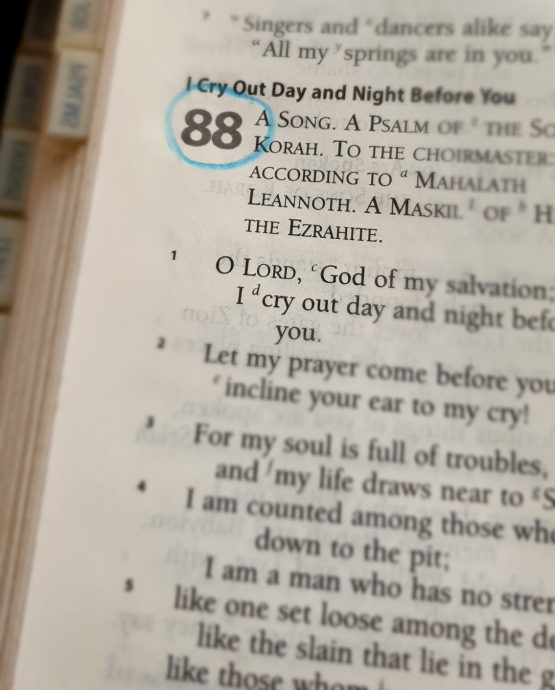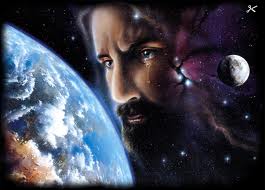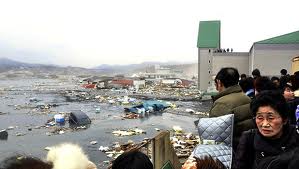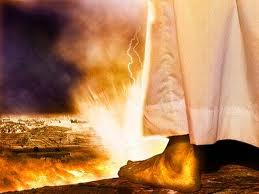Most Christians would have heard of the term “new creation”. They will first encounter it in 2 Corinthians 5:17: “Therefore if anyone is in Christ, he is a new creation. The old have passed away; behold the new has come” (ESV).
When people decide to follow Christ, they will experience a spiritual transformation. Once dead in sins and trespasses (Ephesians 2:1), they will be made alive towards God. Their hearts of stone will become hearts of flesh. Their conscience will be cleansed, and renewed to a new sensitivity. This immediate and supernatural transformation is the work of the Spirit of God.
The old life of guilt, alienation from God and others have passed away and the new creation has come. They have entered into intimate relationship with God through Jesus Christ, and this relationship is so deep and profound, it is termed “union”. They will realise that they have actually begun a life-long journey of transformation towards the likeness of Christ.
This renewal is not merely individual, God is interested in forming a vast community of made-new people of all ethnicity, race and languages – a new society or humanity that has broken all barriers of race, gender and status, and that spans time and space. It is the church universal that is God’s workmanship created in Christ Jesus for good works so that the unbelieving world would see the grace and majesty and wisdom of God displayed in the church. A new creation indeed!
God’s new creation came to us in power through Christ’s death, resurrection and ascension. Whereas Adam failed by disobedience and his descendants suffered all the consequences, Christ the last Adam, the ideal Adam, succeeded by his perfect obedience to God, and became the first of a new humanity that will live under the abundant blessings of his finished work. But there is still more. This humanity that will live in union with God forever will inhabit a new earth and heaven.
God also intends to redeem and renew the whole world he created, which has been “subjected to futility, not willingly, but because of him who subjected it, in hope that the creation itself will be set free from its bondage to corruption and obtain the freedom of the glory of the children of God For we know that the whole creation has been groaning together in the pains of childbirth until now” (Romans 8: 20- 22)”. This earth was not as God created and intended it to be. It has been corrupted and polluted by the curse and by sin. This subjection of the earth to degradation is described as a groaning in pain like in the pains of childbirth. This wait will end at the “revealing of the sons of God” (verse 19), when the kingdom of God is finally birthed or consummated, at the glorious return of Christ.
I saw Heaven and earth new-created. Gone the first Heaven, gone the first earth, gone the sea. I saw Holy Jerusalem, new-created, descending resplendent out of Heaven, as ready for God as a bride for her husband.I heard a voice thunder from the Throne: “Look! Look! God has moved into the neighbourhood, making his home with men and women! They’re his people, he’s their God. He’ll wipe every tear from their eyes. Death is gone for good—tears gone, crying gone, pain gone—all the first order of things gone.” The Enthroned continued, “Look! I’m making everything new. Write it all down—each word dependable and accurate”(Revelation 21:1-5 The Message).
New creation is one of the blessings of Christ’s finished work and it gives us a wonderful hope to look forward to. Besides that it gives us a glimpse of God’s heart of love and his incredible intention for an eternal intimacy with us. This vision of hope will certainly strengthen us to weather the storms of life whether hardships, persecution, suffering, or death.
This is part of a planned series of writings on the topic, “The A to Z of Christ’s Finished Work”. I am writing it alphabet by alphabet. Thus far the others that I have written can be found HERE.







